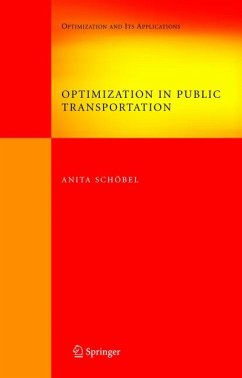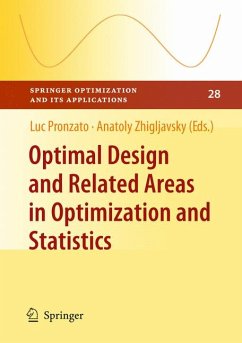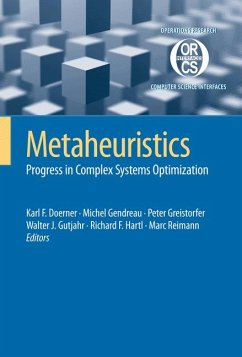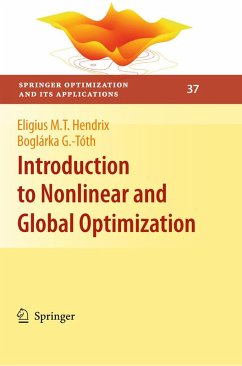
Optimization in Public Transportation (eBook, PDF)
Stop Location, Delay Management and Tariff Zone Design in a Public Transportation Network
Versandkostenfrei!
Sofort per Download lieferbar
96,95 €
inkl. MwSt.
Weitere Ausgaben:

PAYBACK Punkte
48 °P sammeln!
Customer-Oriented Optimization in Public Transportation develops models, results and algorithms for optimizing public transportation from a customer-oriented viewpoint. The methods used are based on graph-theoretic approaches and integer programming. The specific topics are all motivated by real-world examples which occurred in practical projects: Location of Stops, Management of Delay, and Tariff Zone design. An appendix summarizes some of the basics of optimization needed to interpret the material in the book.
Dieser Download kann aus rechtlichen Gründen nur mit Rechnungsadresse in A, B, BG, CY, CZ, D, DK, EW, E, FIN, F, GR, HR, H, IRL, I, LT, L, LR, M, NL, PL, P, R, S, SLO, SK ausgeliefert werden.












